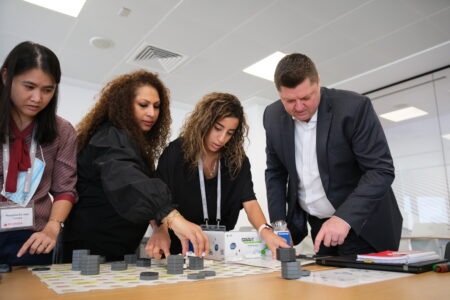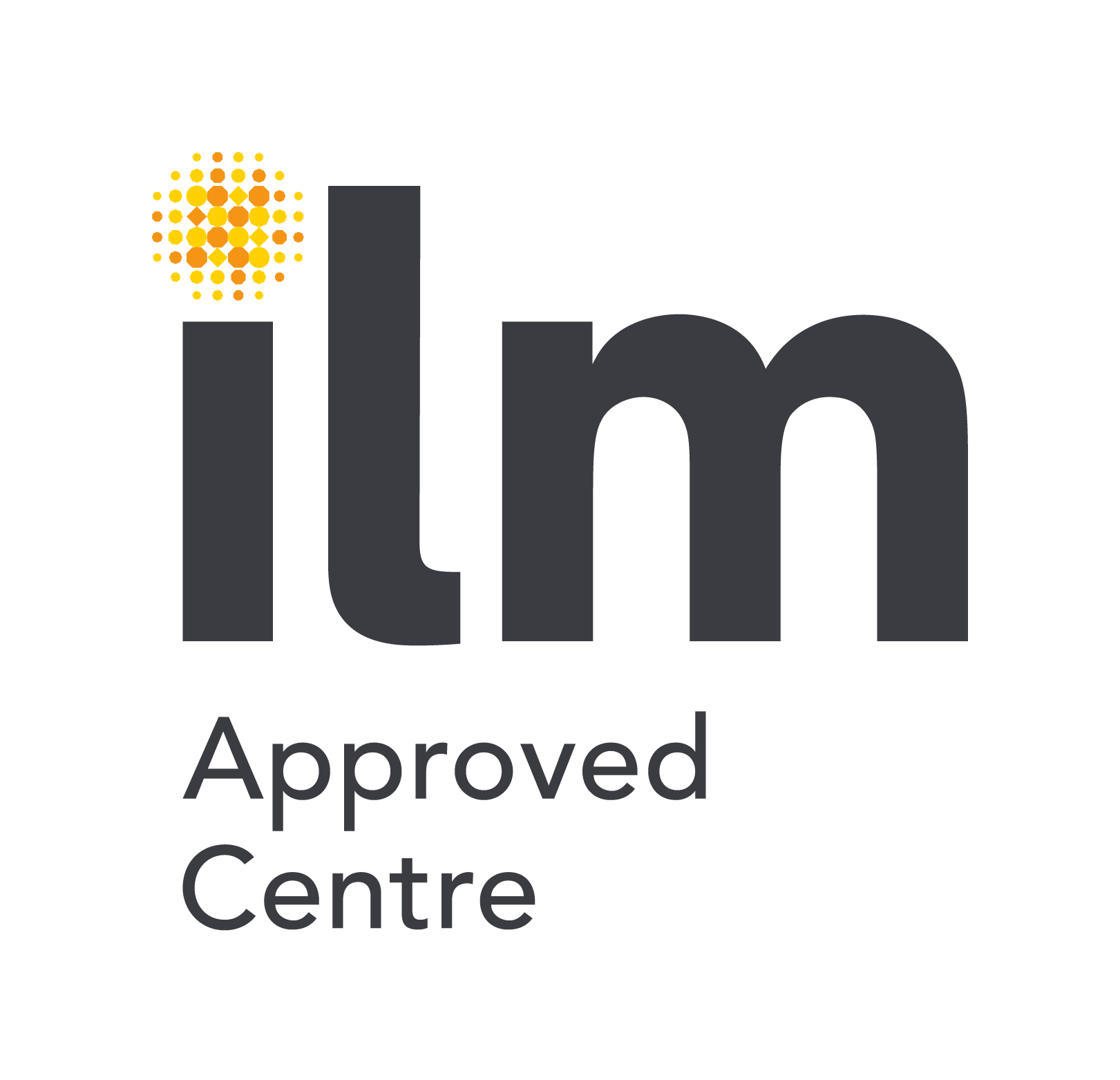Overview
Gain confidence and skills to manage and improve staff performance. This course provides a framework to understand how to set SMART individual targets for team members and then assess them fairly, both formally and informally against agreed standards. Participants will also learn how to give effective feedback, using recognised feedback models. How to manage underperformance in the workplace is also covered from the identification of potential areas of underperformance to the causes and actions to restore it. The course is rich in opportunities to reflect on current workplace practices and how to enhance them.
Learning objectives
Following the completion of the course and assignment, the leader will be able to:
- Describe the value of formal and informal performance assessment in the workplace
- Explain the role of the first line manager in performance management
- Identify ways to ensure fair and objective formal assessment
- Explain how to set SMART objectives for a team member
- Explain how to set performance standards for a team member
- Explain how to measure performance against agreed standards
- Explain the importance of feedback to improve performance
- Describe how to give effective feedback
- Identify potential areas of underperformance in the workplace
- Identify causes for failure to meet agreed performance levels
- Describe actions to restore performance to acceptable levels
Course content
Day 1
A series of mini-activities are used to give practice in the different steps of the performance management process.
Day 2
The second half of the day has an extended experiential exercise so that new tools can be applied in increasingly life-like scenarios. Peer and instructor coaching is used to ensure the tools and concepts are being applied effectively and to help participants overcome barriers.





